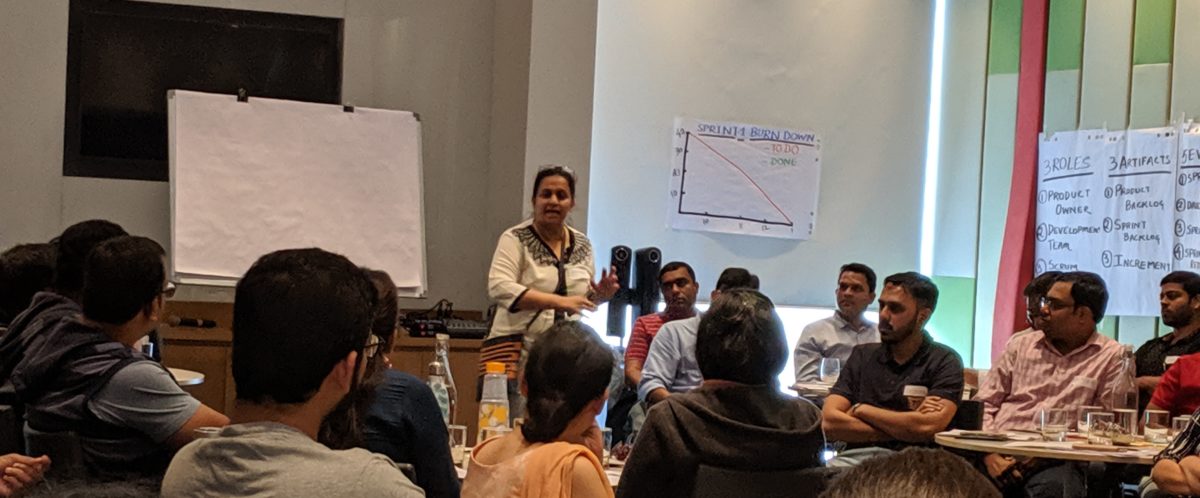GROW is a proven coaching model to structure coaching experience .
beauty of this coaching model is that it leads to a clearly defined end result through four phases. The coachee is personally active in identifying problems and generating ideas for solutions. As the coachee is actively engaged, the outcome is more likely to succeed
The GROW coaching model encourages learning through experience: reflection, insight, making choices and pursuing them. The success of a coaching trajectory with the GROW coaching model also depends on the time and energy invested into the process by the coachee.
The best part about working with the GROW coaching model is that you don’t need to be an expert in a specific situation to be able to coach the team. This model offers a framework with general questions to elicit objectives , obstacles, options and more without ever needing to offer advice or force any particular direction.
The steps in the GROW coaching model
The GROW coaching model consists of four steps. The word GROW is actually an acronym for Goal – Reality – Options – Will. This GROW coaching model enables you to to plan a journey. You start with the map: where are you going (Goal) and where are you starting from (Reality)? It then charts the different routes and modes of transportation (Options). At last, it helps you pick the option that suits you best while still considering the obstacles on the way.
GROW coaching model – Step 1: Goal
The first step in the GROW coaching model is defining the goal of the coaching initiative at hand. You will need long term (the central theme ) and short term (the goal for every session)goals.
Goals need to be SMART: Specific, Measurable, Acceptable, Realistic and Timely.
Example questions to identify the goal:
- What Will help us achieve defect free code?
- Why a defect free delivery will benefit the team?
- What it means to be defect free? How do you define it?
GROW coaching model – Step 2: Reality
Step two of the GROW coaching model is making coachee aware of the actual situation on the ground . The coache’s role here is to stimulate thought with the coachee, and to identify the obstacles that have been holding the client back.
It’s important to stay out of the equation in this phase; people have patterns and stories they can repeat and expand on endlessly. Keep on summarising and repeating what you understand from the coachee. Often, this phase of the GROW coaching model reveals underlying fears and convictions that can be worked on during or in between coaching sessions.
Example questions to discover the reality of one’s client:
- Hows the code quality now?
- How do you know the current code quality is poor?
- Why is the code quality poor?
- Why it is problem to have a poor code quality?
- What are concrete examples of this problem?
- What’s been going wrong so far?
- Is this always a problem or are there situations in which it isn’t?
- What have you done so far?
GROW coaching model – Step 3: Options
Step three of the GROW coaching model is to generate ideas that can contribute to the solution of the problem. Try to start a creative brainstorming process without censure or conditionality. Generate solutions, then structure it to evaluate every option. If needed, you can also offer some suggestions.
Example questions to generate options:
- What else could you do to improve code quality?
- What would you do if you did not have a hard time pressure ?
- What else do you need to reach your goal? Where can you get it?
- Which criteria will you use to evaluate this option?
- What are the pros and cons of this option?
GROW coaching model – Step 4: Will
The fourth and last step of the GROW coaching model is the choice of one option. This is converted into a concrete plan of action. Then the coachee’s motivation to follow this plan is maximised.
Example questions to maximise the will:
- What exactly will you do to improve the code quality and when?
- Which of these options will you take?
- What concrete step can you take NOW to improve the quality?
- What steps come after?
